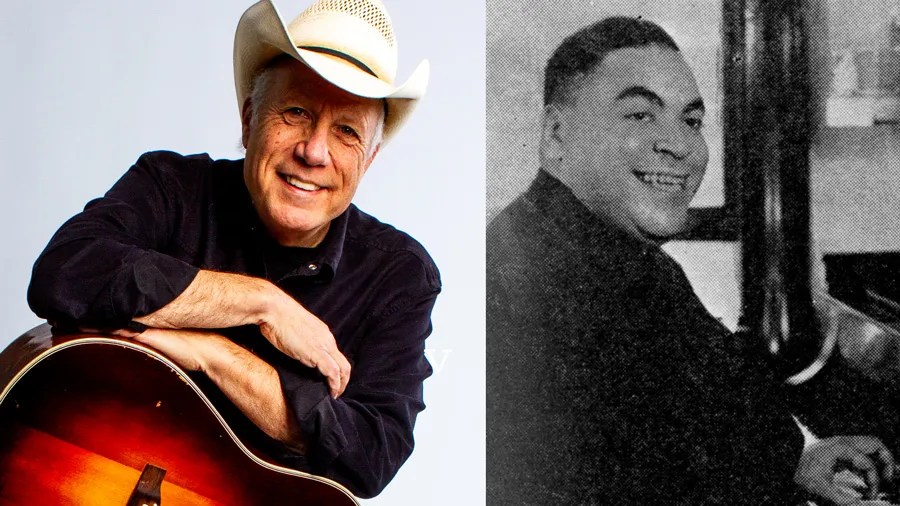
Learn to Strum and Sing Fats Wallers’ Classic “Ain’t Misbehavin’”
Fats Waller was a towering figure in American popular music and one of the most charismatic voices of the Harlem Renaissance. A brilliant pianist, composer, and entertainer, Waller was among the first Black jazz musicians to gain mainstream popularity in the United States. He wrote and co-wrote hundreds of songs—many of which have become fixtures in the Great American Songbook. Chief among them is “Ain’t Misbehavin’,” penned in collaboration with composer Harry Brooks and lyricist Andy Razaf.
The song made its debut in the 1929 Broadway revue Connie’s Hot Chocolates and was an instant sensation. No fewer than six versions were released that year, with Louis Armstrong’s standout take leading the way. Since then, “Ain’t Misbehavin’” has inspired countless interpretations. Billie Holiday brought haunting nuance and rhythmic ease to her vocal renditions. Meanwhile, guitar greats like Chet Atkins and Joe Pass have delivered stellar solo arrangements—Atkins with his warm fingerstyle swing, and Pass with his harmonically rich, bebop-informed phrasing.
For this arrangement, we’re playing in the key of C major, using mostly open-position chords. It’s a pared-down version that stays close to the original’s feel. The song follows a classic 32-bar AABA structure, with each section spanning eight measures.
To open, I vamp on a familiar I–vi–ii–V progression (C–Am7–Dm7–G7), which also forms the first two bars of the A section (measures 5–6). Bars 7–8 introduce a splash of color with an E augmented seventh chord (E7#5), followed by a shift to F major and then F minor—adding tension and drama before resolving.
The final four bars of the A section (measures 9–12) return to our I–vi–ii–V pattern but finish with a classic two-bar turnaround: Em7–A7–Dm–G7. Measures 13–20 repeat the same material for the second A section, this time ending with a slight variation that sets up the transition into the bridge.
Spanning bars 21–28, the bridge introduces a clever ascending progression. It begins on A minor, then raises the fifth of the chord—a fretted E on the fourth string—by half steps. This creates a smooth move through F/A and into D7/F#, adding a little lift and color before settling back into the final A section.
Even in its simplest form, “Ain’t Misbehavin’” still carries all the charm and swing that’s kept it thriving for nearly a century.











